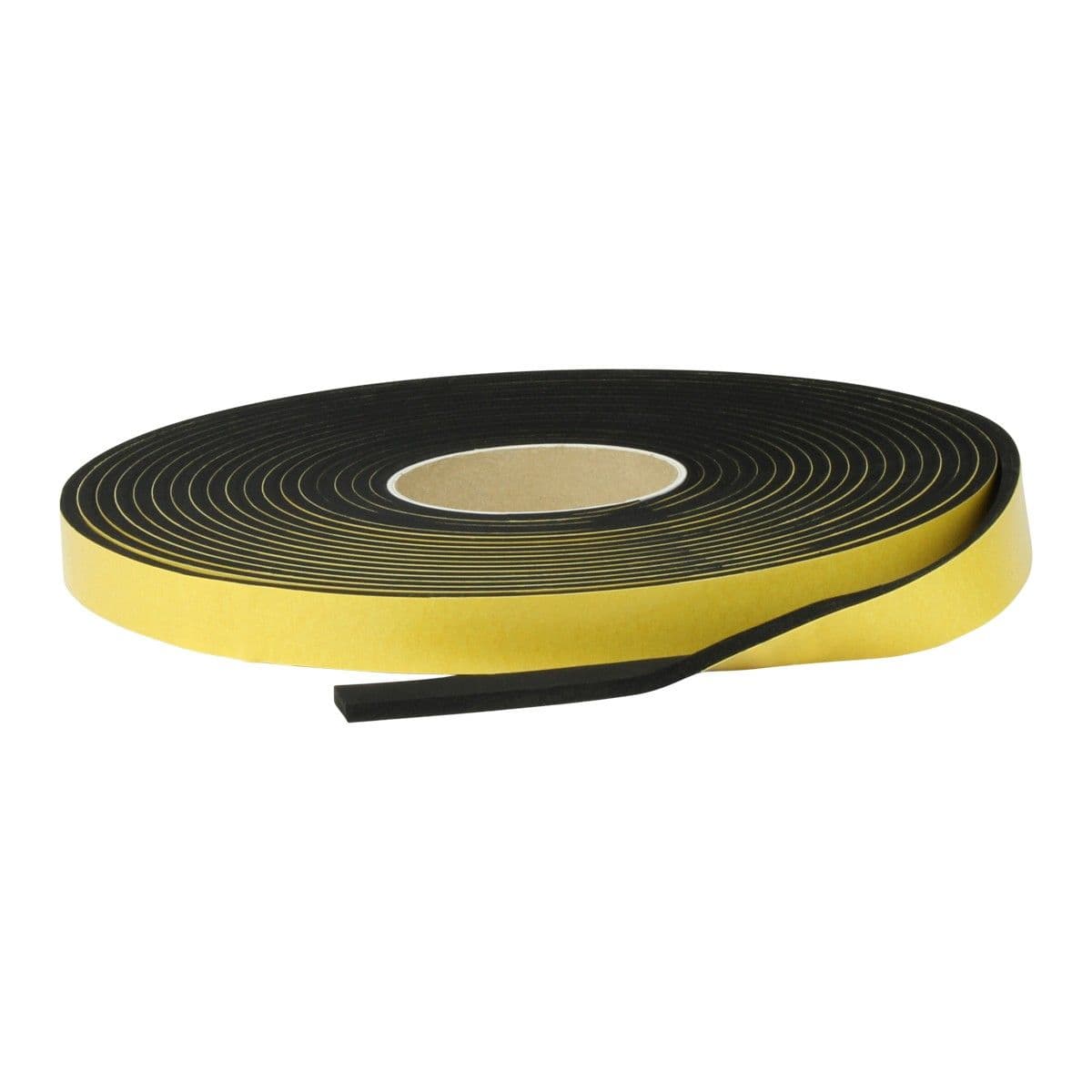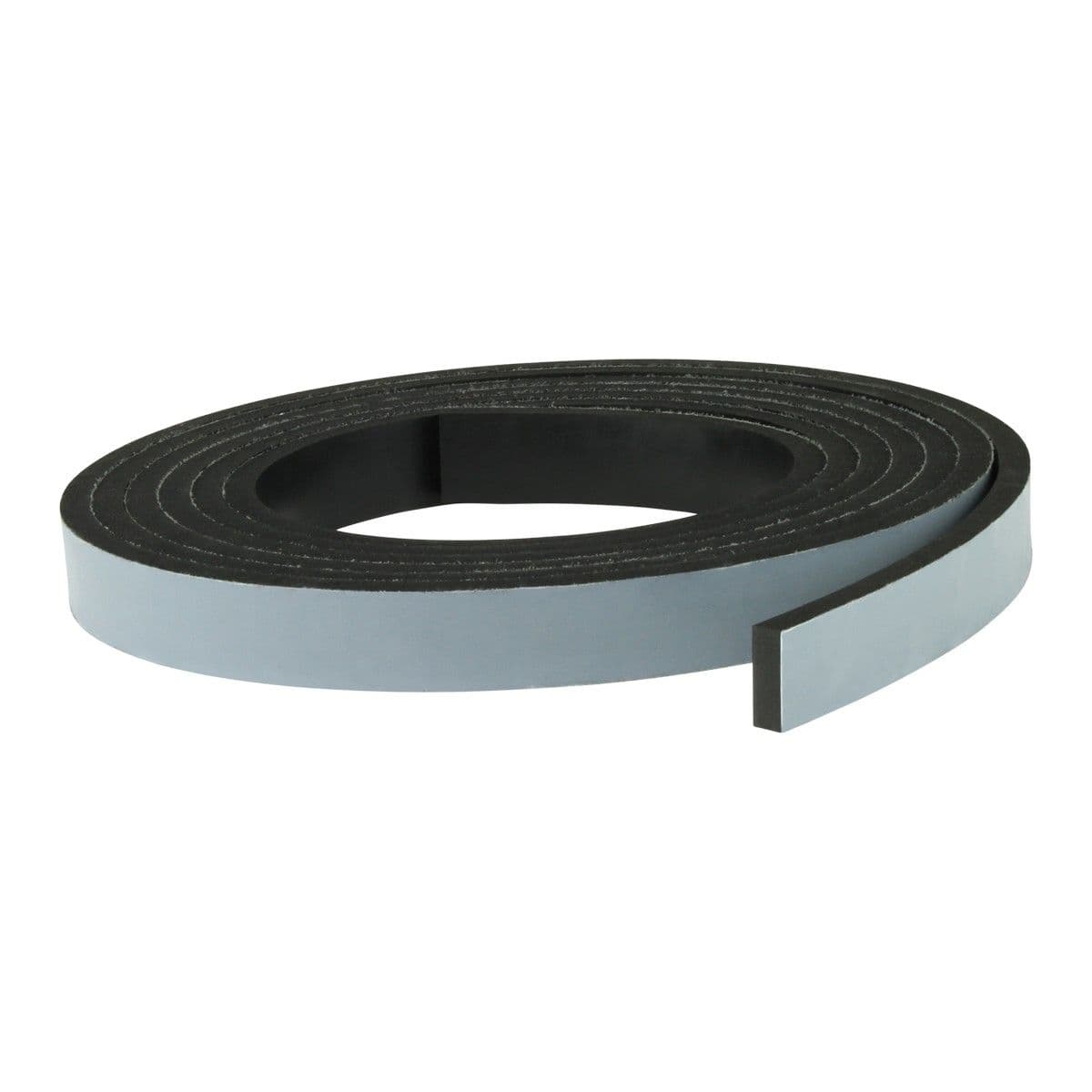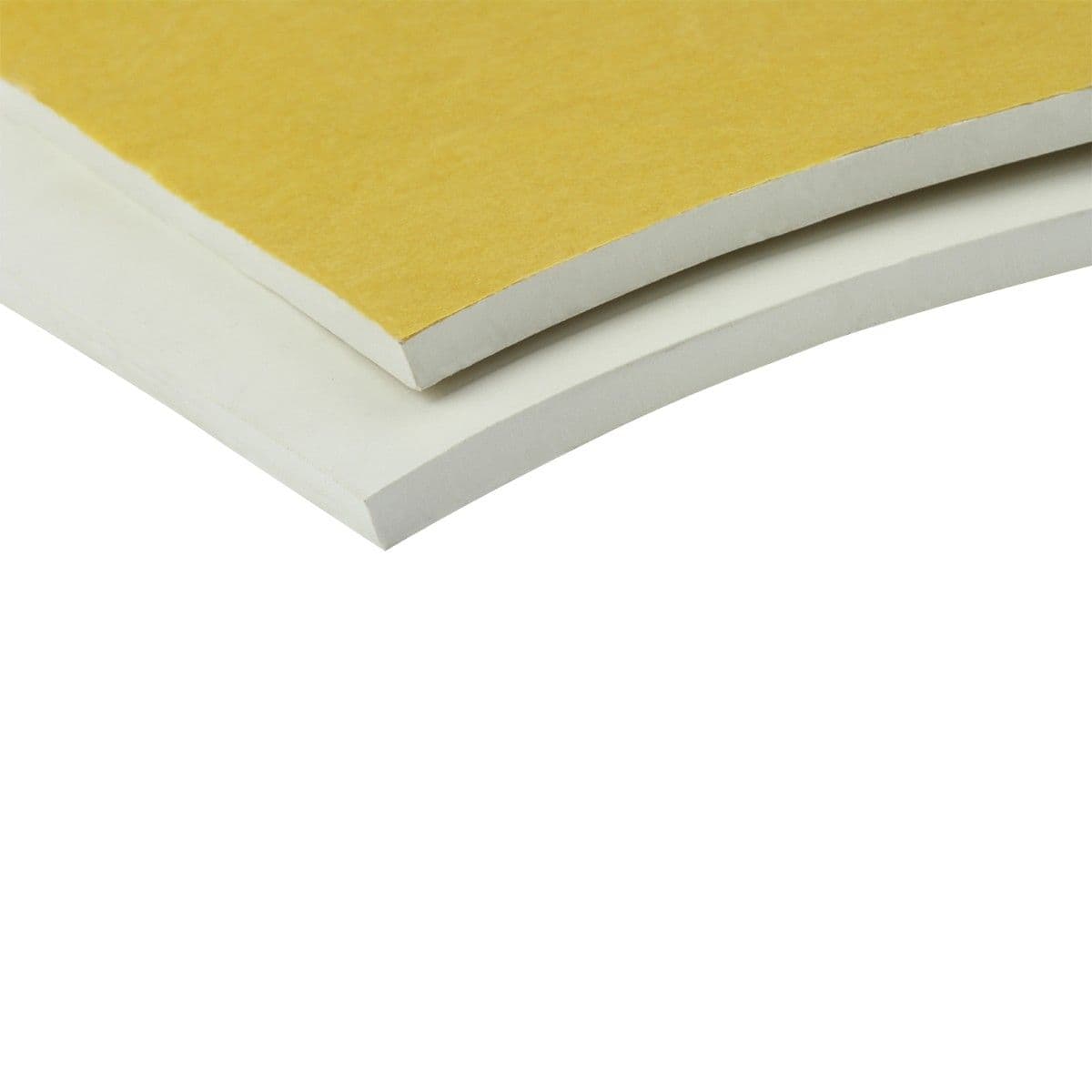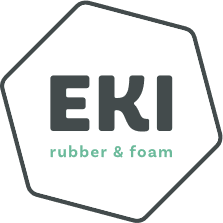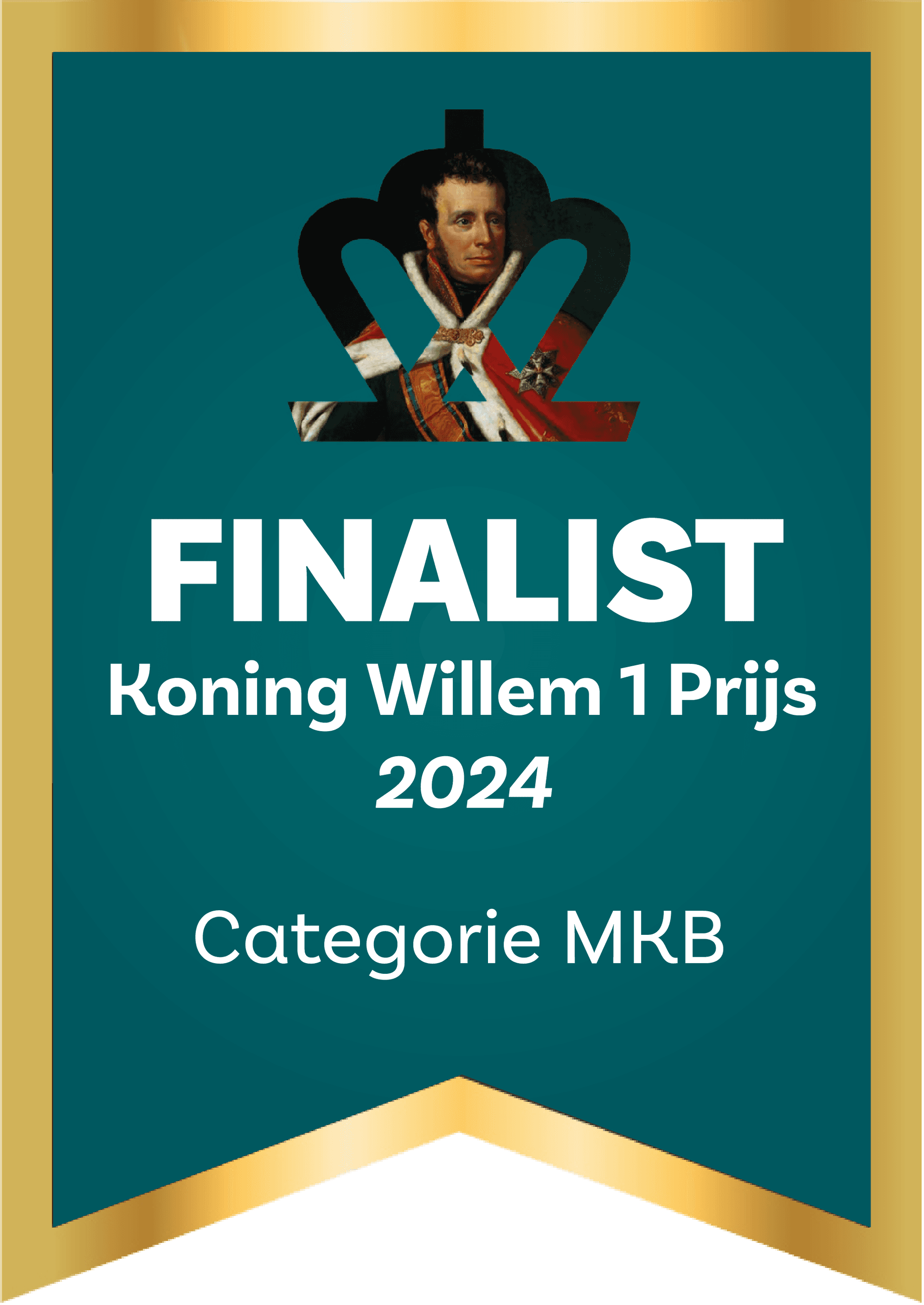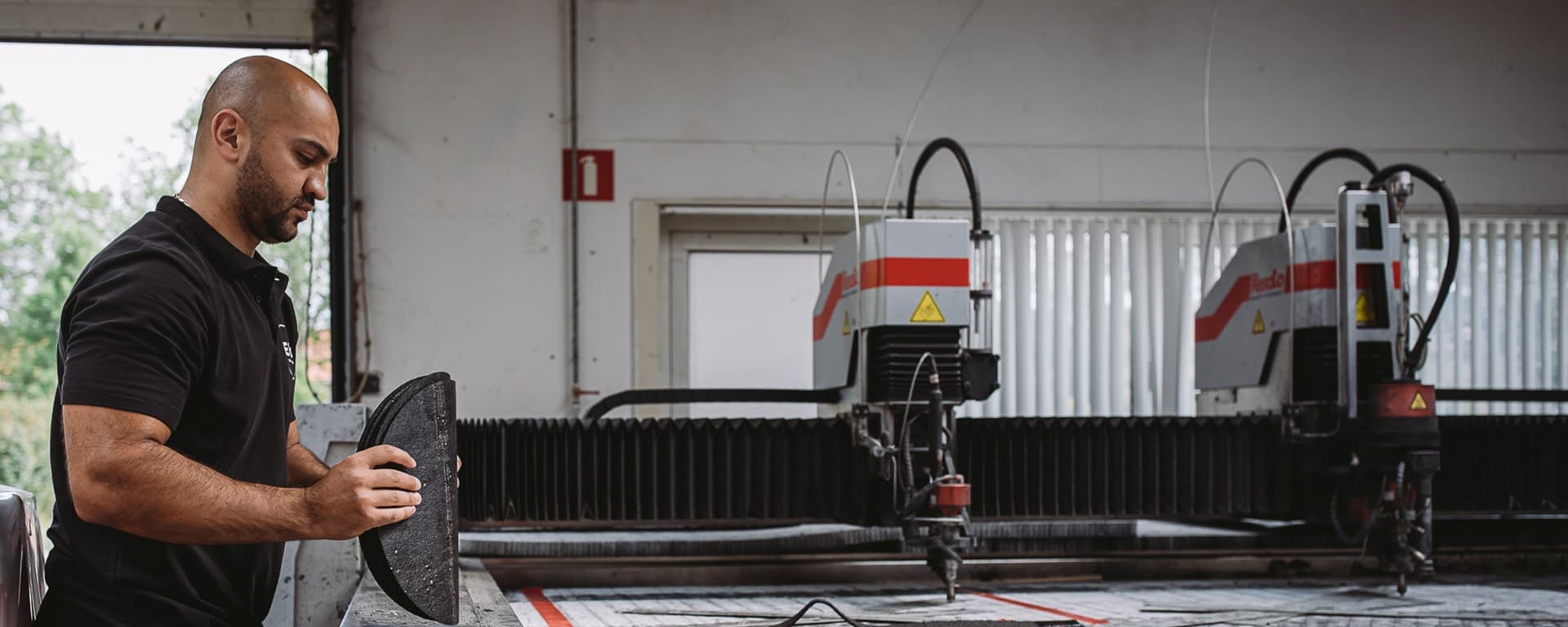
Everything about NBR
NBR is a type of rubber that performs very well under prolonged contact with oil, making it commonly used in various applications. Examples include garages, workshops, machinery rooms, shipping, and oil platforms. Additionally, it is suitable for seals in the industrial sector. On this page, we are happy to provide more information.
On this page:
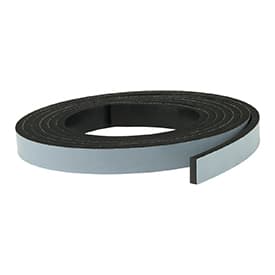
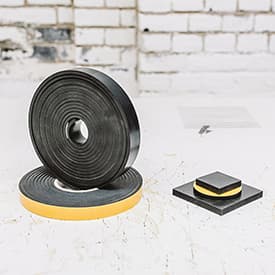
Wat is NBR?
NBR is an acronym for nitrile butadiene rubber. It is an elastomer (synthetic polymer) also known as nitrile rubber. It is produced through the copolymerization of acrylonitrile and 1,3-butadiene. Because the polymer contains double bonds, NBR can be vulcanized into a synthetic rubber using sulphur.
Which characteristics does NBR have?
Due to the excellent properties of NBR, this material offers several processing options. Generally, it is well resistant to mineral oils, fats, and fuels. Additionally, it has good mechanical properties, allowing it to return to its original shape after compression. NBR is also resistant to heat, making it suitable for use across a wide temperature range. However, despite its reasonable resistance to ozone and UV radiation, NBR is primarily used indoors.

Refine your selection:
Selecting multiple choices is possible
Wat zijn de verschillende typen?
The material NBR can be processed into various products, including NBR rubber (nitrile butadiene rubber) and NBR foam rubber. While both materials have many similarities, they also have distinct characteristics.
NBR rubber, also known as nitrile rubber, is an elastomer with excellent mechanical properties. This ensures that the material will return to its original shape after being compressed. Additionally, NBR rubber is highly wear-resistant, giving it a long service life. It also offers good resistance to oils, fats, lubricants, hydrocarbons, and some diluted acids. The material has high tensile strength, meaning it can be bent and compressed effectively. Furthermore, NBR does not allow gases to pass through and is resistant to inorganic chemicals. Exceptions to this include antioxidants and chlorine.
For NBR rubber, the proportion of acrylonitrile relative to the butadiene components determines its resistance to lubricants and fuels, as well as its compression set. On average, the acrylonitrile content is around 34%. Higher acrylonitrile percentages improve mechanical properties and increase resistance to oil and fuel. However, a higher acrylonitrile content can make the rubber more brittle when used at elevated temperatures.
Another material made from NBR is NBR foam rubber. This type of foam is particularly suitable for applications involving contact with oil. Like neoprene foam rubber, it has a closed-cell structure, making it impermeable to liquids. NBR foam rubber is also fairly flame-resistant and capable of absorbing shocks well. Similar to the rubber variant, the foam rubber returns to its original shape after being compressed and is soft and flexible.
In which EKI products is NBR used?
Various products can be made from NBR material. In our assortment, you will find both rubber and foam rubber produced from this material.
At EKI, we offer NBR rubber in black and white. Our white rubber is specifically suited for the food industry. We supply the rubber in various forms, including strips, self-adhesive bands, rubber rings, blocks, and sheets. For black variants, please refer to EKI 280 and EKI 880.
EKI also provides a range of NBR foam rubber products, such as foam rubber bands, foam rubber sheets, self-adhesive sealing strips, rolls, and weather strips. The foam rubber can be cut into various other shapes as needed, including blocks, frames, discs, and rings. All shapes can also be supplied with a single-sided or double-sided adhesive layer. NBR foam rubber is available in black and comes in different hardness levels. For more information, see EKI 350 and EKI 370.

How is NBR applied?
NBR rubber is widely used in environments where there is significant contact with oil due to its excellent resistance to (long-term) exposure to oil. This includes applications in garages, workshops, the construction of oil rigs, and the petrochemical industry. The rubber is also highly effective for industrial sealing applications. Most O-rings are made from NBR rubber, and nitrile gloves, used in the medical sector, are also produced from this material. Additionally, nitrile rubber is found in cable and pipe coatings, belts, and as a component in beverage filling machines.
The applications of NBR foam rubber are primarily indoors. Due to its good resistance to oil and flame-retardant properties, NBR foam rubber is mainly used in machine rooms, shipping, and machinery construction. It is also found in the offshore industry, where it is predominantly used for sealing purposes. Because this foam rubber variant is especially suited for (long-term) contact with oil, it is frequently used on drilling platforms. Additionally, it is sometimes incorporated into sportswear and accessories for impact absorption, as well as used in yoga mats and for sound insulation.
Receiving advice on NBR?
Do you have questions about NBR or their application for your business? Please let us know using the form below. Our team of specialists will be happy to think along with you.


